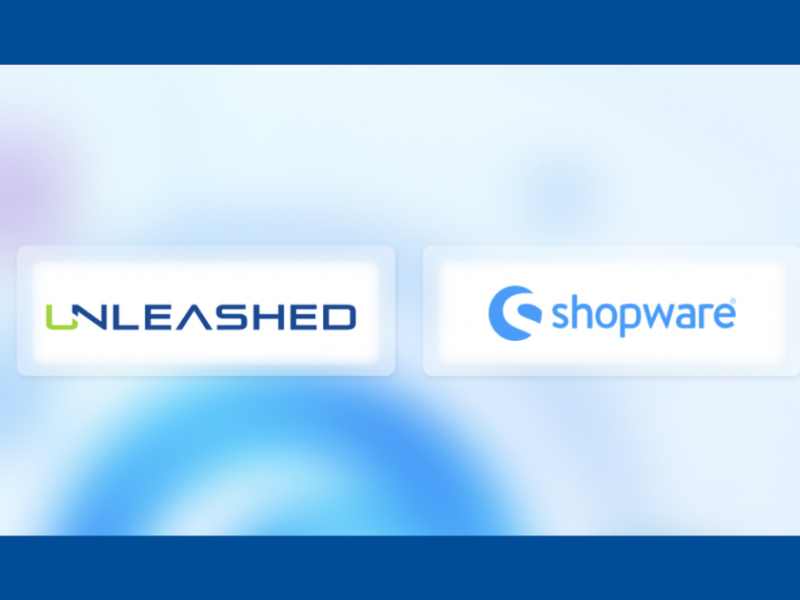Quality Assurance Enhances Quality and Saves Money
Quality Assurance (QA) is a critical part of every web project and initiative. It establishes that code fulfills business expectations through scope, as well as functions, performs, and displays in accordance with the objectives set as the metrics for success.
QA is done in house through a coordinated effort between developers, project managers, and QA specialists. However, within the QA phase, there is also a round of quality control measures between the project team and the project implementation team. This process is known as User Acceptance Testing (UAT) and Consolidated Feedback is a key component of that process. We use UAT to gather client Consolidated Feedback to close the approval gap as well as an overall project cost savings measure.
What Is Consolidated Feedback?
Consolidated feedback is a QA measurement ensuring cycles of UAT feedback are concise. Being concise is important because it saves time, effort, and ultimately money during the build of the project by delineating quality control cycles. During UAT, the project team reviews the project and provides feedback to the project implementation team.
Consolidated Feedback assumes that all critical stakeholders on the project team have had a chance to thoroughly review the project, and provide their individual feedback. This feedback is then moderated typically by the team’s project manager or primary contact, synthesized into a single document, and provided to the project implementation team. This document, which essentially serves as the scope of work for feedback, is known as Consolidated Feedback.
How Can Consolidated Feedback Save Money?
User Acceptance Testing (UAT), if done incorrectly, can lead to very large overruns in the QA budget. Using Consolidated Feedback as the vehicle for communicating feedback is the most cost effective way to manage UAT. Sending in feedback items using a Trickle approach to the project implementation team is much less cost effective. And here is why…
Trickle Approach
- As feedback comes in item by item, there is a higher risk that any two pieces of feedback may conflict. As a result, the project implementation team may have to undo/redo work, incurring additional cost, and overspending the QA budget.
- Some feedback can lead to an increase in scope, endless revisions, and additional feature builds that were not part of the original scope. This can lead to additional costs and diminished quality. Building new features should not be done during QA as they are unlikely to be tested properly, causing potential problems post launch and surpassing budget.
- When the project implementation team is unable to view all the feedback at once, it hinders their ability to spot trending issues. Once again, this may lead to errors that are not caught until post-production, driving up cost and reducing project quality.
- As items come in, the project implementation team can assess ad hoc level of effort for each item. However, they are unable to assign and assess priorities as feedback continues to stream in. QA has a set number of hours which can be blown if the implementation team is not able to review lists and identify priorities.
Consolidated Feedback
- The project team produces a scope of changes that need to be addressed. Once shared, both teams understand the scope and expectations of implementing the provided feedback.
- The consolidated feedback shared should be free of conflicting feedback as conflicts should be rectified during its development.
- It allows the project implementation team to identify a level of effort (hours needed to complete work) on all provided items. This allows the team to budget their time effectively to control costs and can also help the client by allowing the project implementation team to help them identify priorities versus items that could be handled post launch during support.
- The project implementation team can spot trends in feedback that may lead to the discovery of other issues or means to simplify existing functionality to achieve a better user experience.
Conducting UAT using Consolidated Feedback enables both teams to clarify and agree upon established metrics for success. Looking at a Consolidated Feedback document, the project stakeholders can feel confident in their comprehensive review of the project while the project implementation team satisfies their client’s needs. If either or both teams feel an extra round of UAT is needed, a change order can always be created to capture the additional level of effort needed, creating a ‘contract’ for change which both teams can work from.


